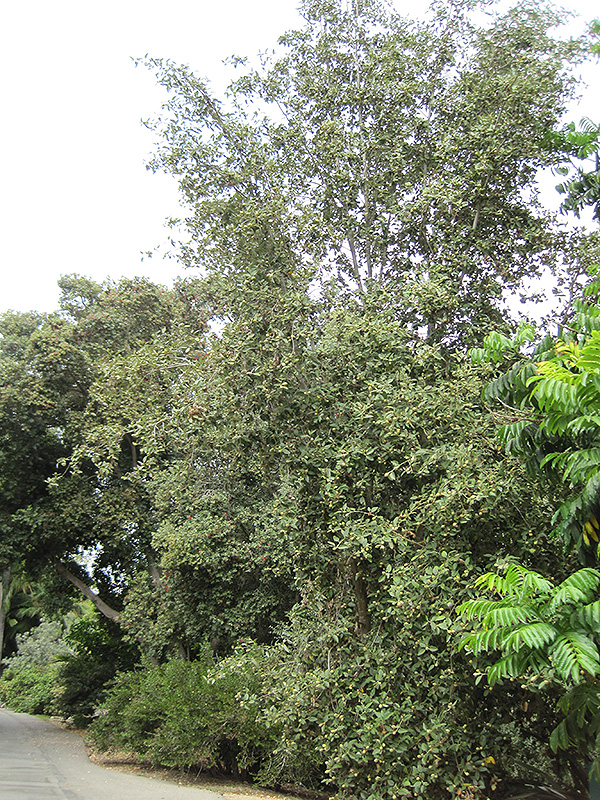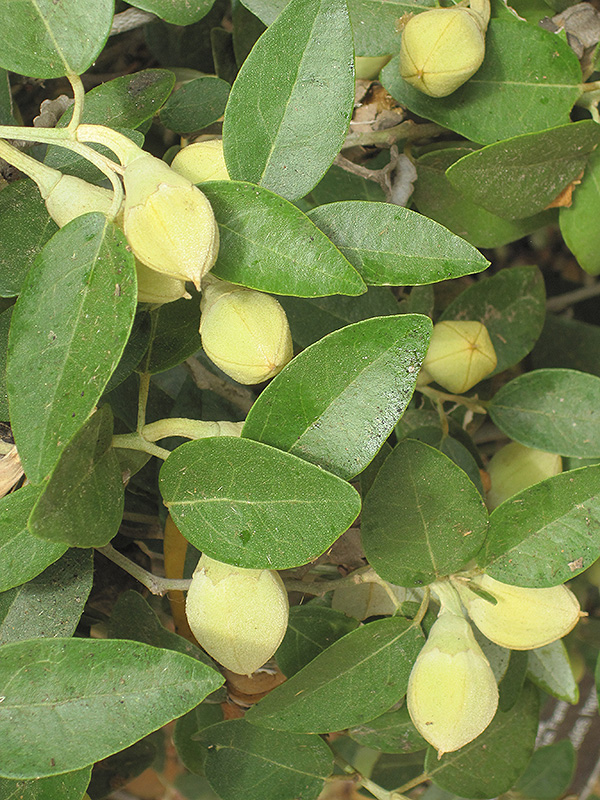Plant Finder
Height: 30 feet
Spread: 20 feet
Sunlight:
![]()
![]()
Hardiness Zone: 9b
Other Names: Cow Itch Tree, Norfolk Island Hibiscus, patersonii
Description:
An evergreen tree featuring oval, olive green foliage with gray undersides; pink flowers that fade to white, appear in summer to fall; fibers from seed capsules are irritating to skin; drought tolerant and adapts to seaside conditions
Ornamental Features
Primrose Tree is clothed in stunning pink star-shaped flowers with creamy white eyes and yellow anthers along the branches from mid summer to mid fall. It has olive green foliage with gray undersides. The oval leaves remain olive green throughout the winter. It produces brown capsules from mid fall to early winter. The fruit can be messy if allowed to drop on the lawn or walkways, and may require occasional clean-up.
Landscape Attributes
Primrose Tree is a multi-stemmed evergreen tree with an upright spreading habit of growth. Its average texture blends into the landscape, but can be balanced by one or two finer or coarser trees or shrubs for an effective composition.
This is a relatively low maintenance tree, and should only be pruned after flowering to avoid removing any of the current season's flowers. It is a good choice for attracting bees, butterflies and hummingbirds to your yard, but is not particularly attractive to deer who tend to leave it alone in favor of tastier treats. Gardeners should be aware of the following characteristic(s) that may warrant special consideration;
- Self-Seeding
Primrose Tree is recommended for the following landscape applications;
- Accent
- Shade
Planting & Growing
Primrose Tree will grow to be about 30 feet tall at maturity, with a spread of 20 feet. It has a low canopy with a typical clearance of 3 feet from the ground, and should not be planted underneath power lines. It grows at a medium rate, and under ideal conditions can be expected to live for 50 years or more.
This tree does best in full sun to partial shade. It prefers dry to average moisture levels with very well-drained soil, and will often die in standing water. It is considered to be drought-tolerant, and thus makes an ideal choice for xeriscaping or the moisture-conserving landscape. It is not particular as to soil type or pH, and is able to handle environmental salt. It is somewhat tolerant of urban pollution. This species is not originally from North America.





